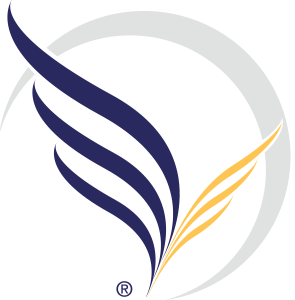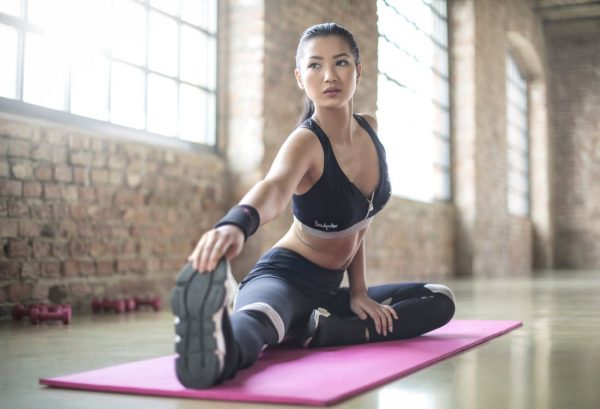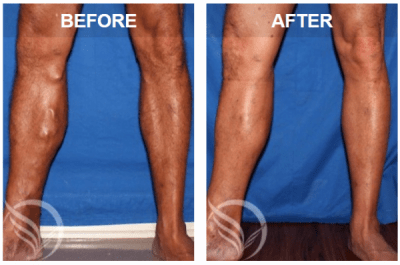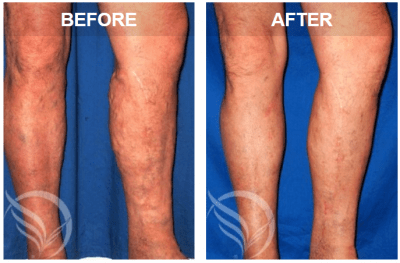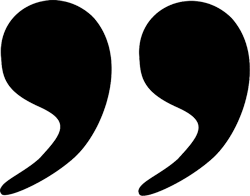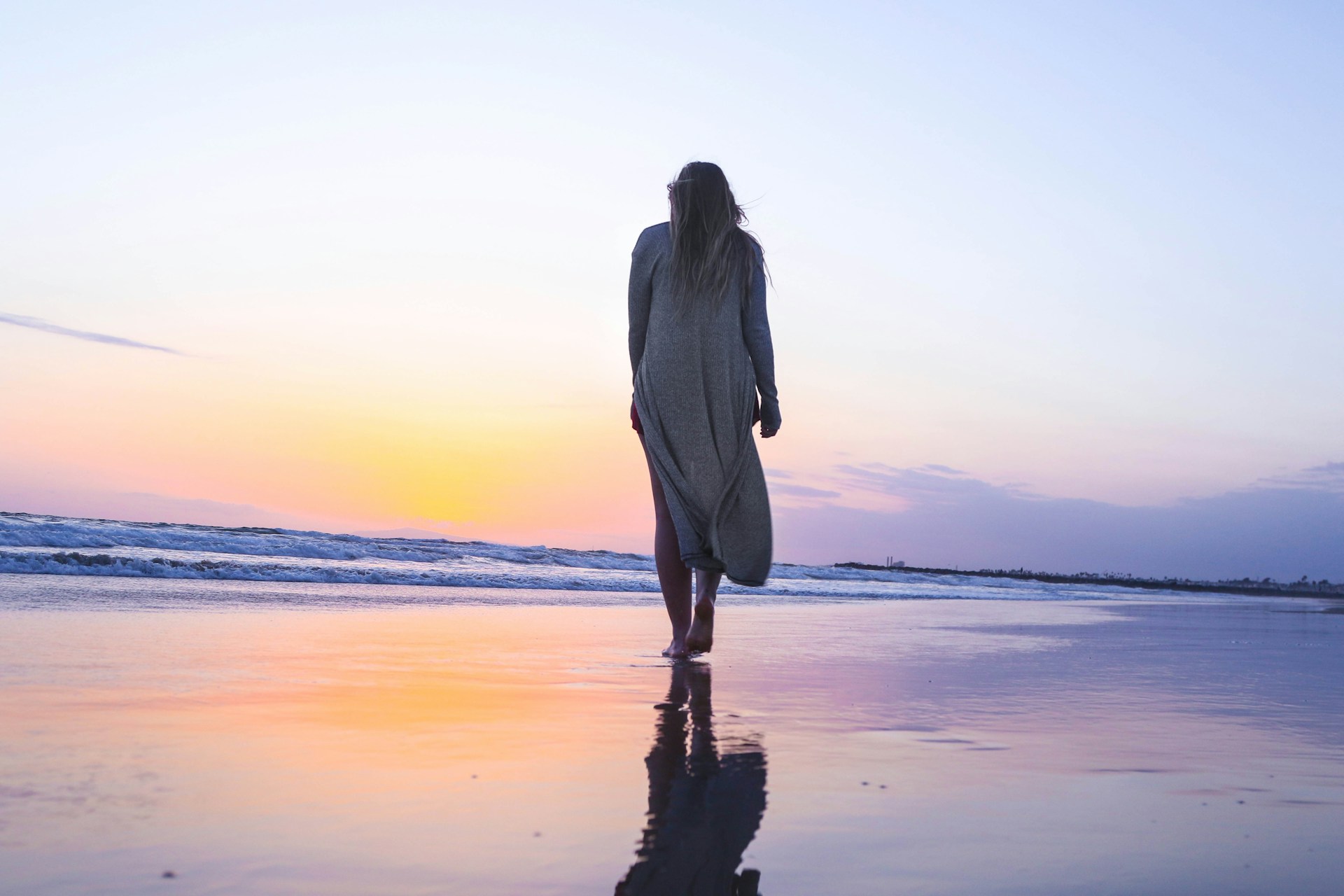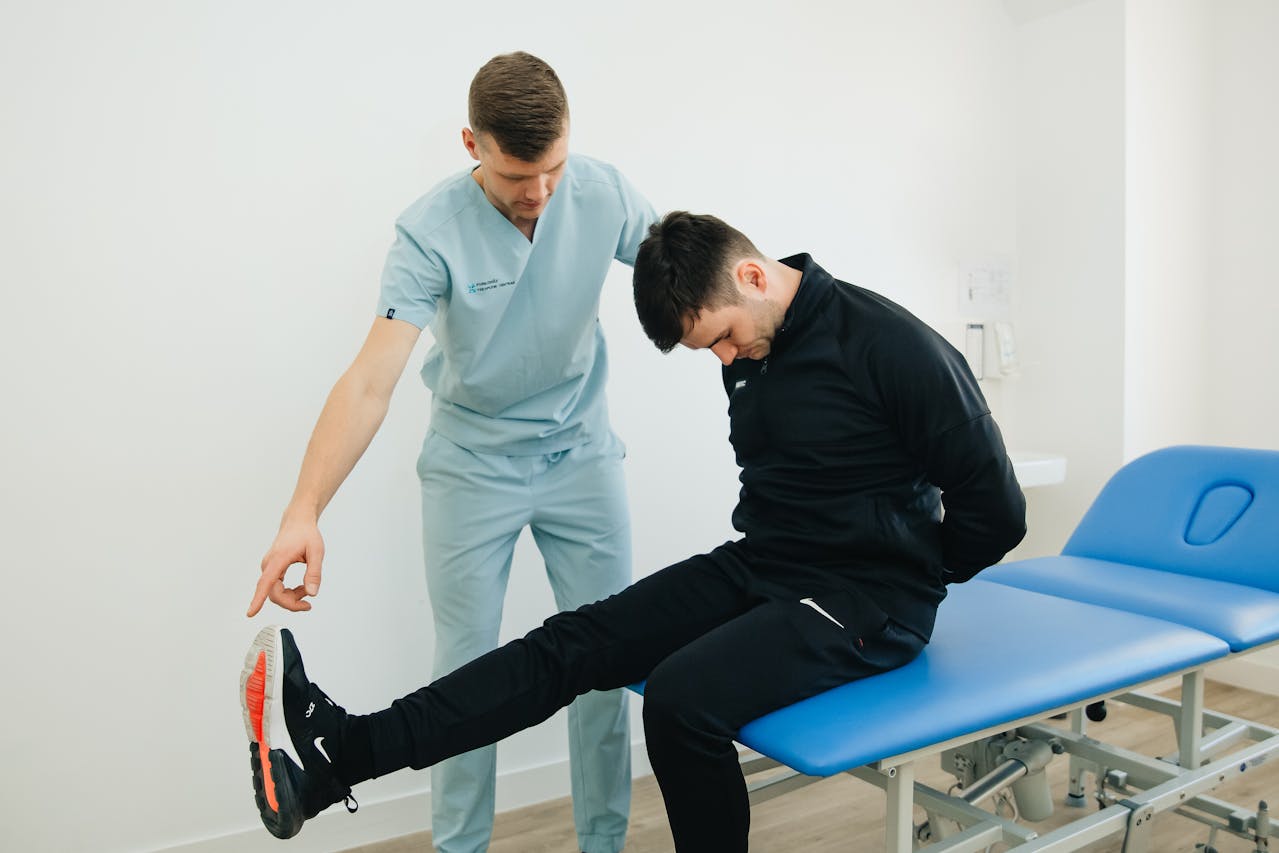Remember, it’s important to talk to your primary care physician before starting any new exercise regimen. That being said, we recommend the following exercises for healthy legs and veins:
- Cycling
- Walking/Speed Walking
- Jogging/Running
- Stepping/Stair Climbs
- Stretching
Just adding daily walks to your routine will do a lot to improve your vein health and help you achieve great legs you can feel confident showing off in shorts.
Weight Loss And Weight Management
Your legs take a lot of abuse, but if you’re overweight, the strain on the legs is even greater. Being overweight can cause muscle aches and joint pain as well as increasing your risks for varicose veins, spider veins, lymphedema (swelling), and blood clots. Shin splints are also common. So while being overweight may make you feel uncomfortable about your appearance in a bathing suit, it can also cause a host of other problems that prevent you from having great legs that look and feel healthy.
Exercise and a healthy diet can help you lose weight, and some foods may also help improve circulation. Talk to your primary care physician before starting any exercise or diet program.
Leg Elevation
Most people only elevate their legs if their feet hurt. Women often never consider leg elevation until they’re told to do it during pregnancy. There’s a good reason that your OBGYN told you to do this; it helps prevent swelling (edema) and improves blood flow back up toward the heart, as varicose veins and blood clots are more common during pregnancy.
Elevation is important for everyone, however. Regardless of your activity level, elevating your legs for about 30 minutes each day helps improve circulation, reduce discomfort and swelling, and prevent varicose veins and blood clots.
Compression Wear
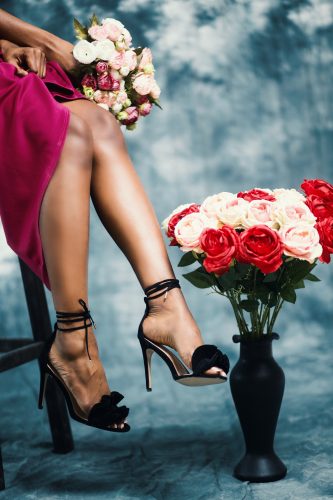
Everyone can benefit from healthy compression wear, regardless of activity, weight, or job. Compression garments are designed to simulate calf muscle contraction to encourage blood flow while relieving aches, pains, and heaviness in the legs. Athletes, moms, office workers, teachers, and people recovering from surgery all benefit from compression garments like socks, sleeves, stockings, and even leggings. If having great legs appeals to you, compression is a great place to start.
Healthy Fashion Choices
In addition to compression wear, it’s important to make wise choices in the kinds of clothing and shoes you choose to wear on a daily basis. Pants and shorts that are tight, cut into your skin, and leave behind marks on your legs and waist affect blood circulation in your legs. Opt for a looser fit for healthier circulation. High heels are also a common cause for leg fatigue and venous disease; while your legs may look amazing when you wear heels, frequent wear can contribute to spider veins and varicose veins. We recommend restricting high heel wear to only special occasions. Opt for ballet flats for a more comfortable, fashionable look.
Compression wear has also become very fashionable. Sheer stockings, professional socks, and even leggings are available to purchase in our practice.
Other Tips For Great Legs
In addition to compression, massaging your legs at the end of every day is very beneficial. Using a topical oil or lotion, really work the calf muscles to relieve aches, pains, and heaviness while promoting healthy circulation and lymphatic drainage. A great bonus is that your legs will be well moisturized, improving the health and look of your skin.
Self-massaging your legs before bed can also help you relax and fall asleep faster and reduce restless legs. You may also want to splurge every-so-often on a professional massage. It’s a great way to improve circulation, reduce inflammation, and simply treat yourself.
Get Great Legs With Professional Treatments
Our sister practice Spa Medical can provide you with amazing cosmetic skin treatments to help with uneven skin tone and texture. But here at Vein Specialists of the South, our procedures focus on venous disease such as lymphedema (leg swelling), spider veins, varicose veins, and venous ulcers. These conditions cause cosmetically unappealing symptoms for patients, caused by very real medical concerns that can affect overall wellness and quality of life.
Lymphedema/Leg Swelling Treatments And Procedures
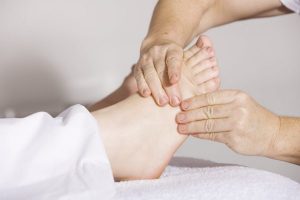
Lymphedema, inflammation that occurs due to a collection of lymphatic fluid, usually affects the legs, but can occur in other areas of the body as well. The swelling can get bad enough that one leg is significantly larger than the other, causing physical discomfort and even embarrassment for patients. Lymphedema can also increase the risk of skin infections.
If you have lymphedema, help is available. Manual lymphatic drainage massage, graduated compression hose, medication, multi-layered compression wrapping, and pneumatic compression devices are used to help treat lymphedema in our practice.
If your lymphedema is caused by an underlying condition, we will also refer you to your primary care physician and/or specialist to treat the cause and not just the symptoms of your leg swelling.
Spider Veins On The Legs
If you have spider veins on your legs, they’re likely a cosmetic concern and nothing more. While spider veins do not require medical treatment, many patients want to have them removed to improve the look of their legs. If you want great legs that look amazing, sclerotherapy can help reduce the appearance of spider veins.
It’s important to note that some spider veins are a symptom of underlying venous disease caused by venous reflux. Even if you don’t have visible varicose veins, they may still be present. If so, we can locate them during an evaluation using our ultrasound. We can then make recommendations for further treatment based on what we find during your evaluation.

